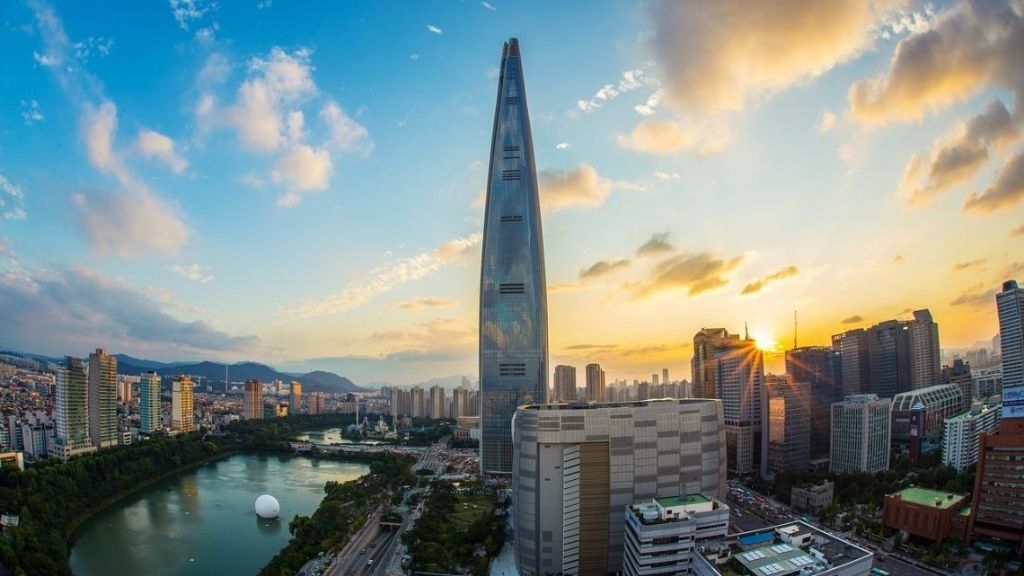Four ways governments are testing biometrics
By Chia Jie Lin
Identity data is being used to curb gambling addiction and show tourists a good time in Japan.

At Singapore’s Changi Airport, this may become a worry of the past as its trials facial recognition to find passengers who are running late at the airport. Cameras mounted on lamp-posts will identify lost or late passengers by matching their faces with those in flight databases.
GovInsider explores four areas where biometrics is making waves across Asia.
1. Infrastructure and tourism

Tokyo plans to use facial recognition to improve security at the 2020 Olympics. Over 300,000 athletes, Olympic officials and media representatives will have their faces scanned and matched to their IDs before being allowed entry to venues. Japanese officials hope that this will improve the security at the venue and prevent terrorist acts.
Japan is also launching biometrics to provide a more seamless experience to tourists. Under the “Touch & Pay” system, tourists can check into hotels, fill out visitor forms and make payments - all with their fingerprints. To use this system, tourists must register their passport, credit card and fingerprint information in advance at a Japanese tourist office or airport service counter.
The system is being piloted in the cities of Tokyo, Hakone and Kamakura. It has been trialled at over 220 tourist shops, restaurants and accommodations since 2016, Japan’s Ministry of Economy, Trade and Industry reports.
2. Mobile payments

The Korea Internet and Security Agency (KISA) is pioneering a system that combines fingerprint and heart rate information to verify users for mobile payments.
The system will read heart rate and electrocardiogram data from a person’s smartwatch and send it to their smartphone. They must then use their fingerprint to unlock their smartphone to access to mobile payments and banking.
This new system will be “much safer than existing biometrics including iris sensors, fingerprint scanners and facial recognition”, says Jason Kim, chief of KISA’s security technology dissemination team. The project is due to be completed by the end of 2018.
Meanwhile, in one Chinese city, KFC diners may pay for their chicken by scanning their face. The Smile to Pay feature combines a 3D camera with a detection algorithm, and can “effectively block” spoofing attempts if diners were to attempt to use photos or video recordings to pay, according to Ant Financial, an Alibaba-affiliated company which built the tech.
3. Behavioural nudges

Japan plans to launch facial and vein recognition services in casinos to combat gambling addiction. Foreign and local residents visiting casinos will be scanned before being allowed to enter.
By monitoring the number of visits made to casinos by individuals, the government aims to limit casino visits for individuals to three per week and ten within 28 consecutive days. These checks will keep people from addiction, it hopes, by limiting the number of times they can visit casinos.
4. Digital identity

India’s Aadhaar digital identity programme equips citizens with identity cards that are linked to their iris and fingerprint scans.
The programme was initially launched to weed out fake beneficiaries of state welfare schemes and track payments, but is now required to access a host of daily services. The government has linked Aadhaar to mobile phone numbers, bank accounts, land registrations and even school admissions.
Over 1 billion people have registered, but the system is riddled with challenges in security and privacy. Several banks in India have reportedly leaked details of customers, with their unique identity numbers attached. Citizens who cannot obtain an Aadhaar ID because they lack birth certificates are also barred from essential social services like education.
In Southeast Asia, Singapore has launched a nationwide digital identity project, which will allow citizens to access government and banking services using fingerprint identification. Citizens will no longer need passwords when they can log into public service portals by simply scanning their fingerprints on smartphones.
As has become clear in India, governments need to iron out kinks to implement biometrics safely and securely. But if it all works out, you could soon be boarding your flight or paying for your dinner with your face.